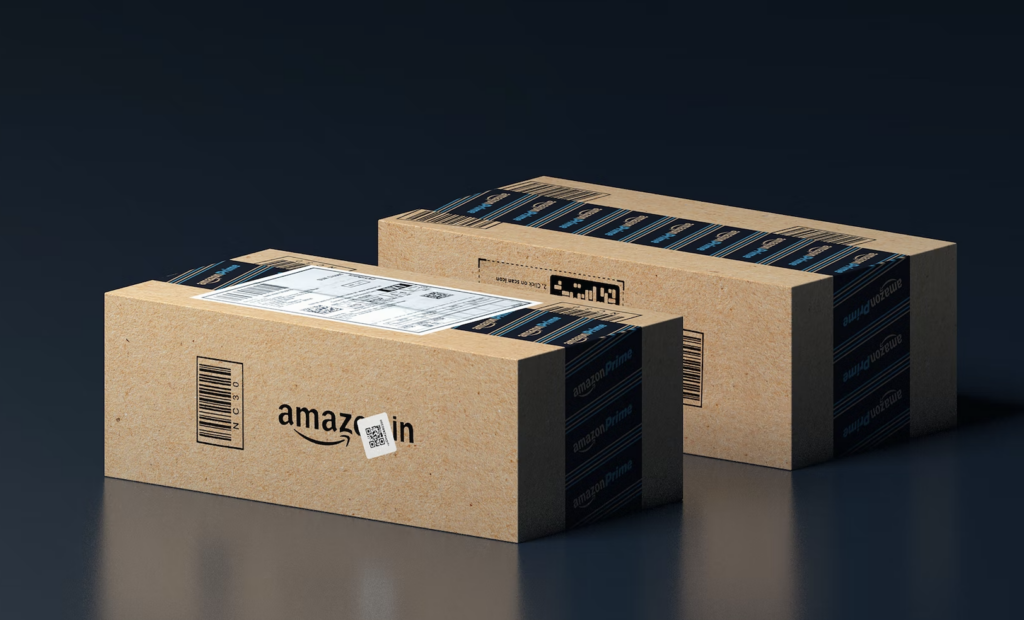Amazon Is Broken, Why The Things You Order Now Often End Up Being Garbage
Third-party sellers on Amazon have flooded the platform with low-quality products, but the e-commerce giant could mitigate the issue by better vetting the individuals and businesses they allow to sell on its website.

Ordering a product from Amazon has become akin to a game of hit or miss, with the latter being the far more common outcome. This is because Amazon’s marketplace is currently flooded with countless third-party sellers vying for consumer attention with little regard for the quality of the product that they are actually selling. Essentially, the king of e-commerce has been degraded to a cesspool of poorly made items, and the end consumer is the one who is suffering.
So how did we get here? Why is Amazon’s business model so broken? And are there any viable solutions to mitigate the mounds of junk that fill up Amazon’s product pages?
First and foremost, Amazon is in the state that it’s in because it allowed itself to get here. New York Magazine illustrated exactly how the e-commerce behemoth burrowed its way into its current broken condition. The publication explained that Amazon makes copious amounts of money from third parties selling on its platform via its “Seller Services.”
Amazon Seller Services are essentially tools that third parties can pay for in order to gain more traction on the site and increase their products’ visibility. With these services, sellers have the option to pay for perks like dedicated space in Amazon warehouses, advertising, and review aggregation. The more a seller or business pays for, the better chance they’ll have of turning a profit on the platform.
Amazon’s Seller Services setup has cultivated an exceedingly competitive atmosphere. In a typical retail setting, this would be wonderful for the consumer. However, the reason why this doesn’t work so well on Amazon is because the e-commerce titan has no actual way to vet the products that third parties are selling.
Instead, Amazon relies on a review system, which New York Magazine pointed out was originally made for books. And, honestly, there is no way to tell how many of those reviews are actually false. Hence, these combined circumstances have culminated in Amazon selling tons and tons of trash.
Up until this point, Amazon really has had no reason to address this growing issue. By heavily leveraging third-party sellers, Amazon has been able to skirt antitrust suits that could have arisen from selling its proprietary brands on its platform. And they are still able to make a ridiculous amount of money through the seller services program. Put simply, that’s a win-win.
However, the tides may just be turning. For the first time since 2014, Amazon was not profitable. This resulted in the company laying off nearly 20,000 employees in one fell swoop.
Amazon’s current profitability predicament could give it the motivation to give its third-party products issue a second look. However, even if it does, the question still remains of what it would do to start cutting all the dead weight from its platform. One potential solution could be to develop a system where they actually vet the third-party sellers and businesses that are allowed to sell via its website.
Additionally, the company could revise its seller services and only offer top-tier services to businesses and individuals that sell top-quality items. For instance, only thoroughly reviewed products from proven businesses would be able to claim space in Amazon warehouses. A solution such as this could also potentially change the way third parties compete against one another.
Instead of third parties manipulating Amazon’s systems to get their products featured and sold, they would be forced to focus back on the quality of their products to achieve that same outcome. Overall, it’s unclear if Amazon will actually put any energy into addressing the state of its marketplace. Thus, unfortunately for now, consumers will still be stuck sifting through a seemingly endless pile of hay to find that one quality needle.











